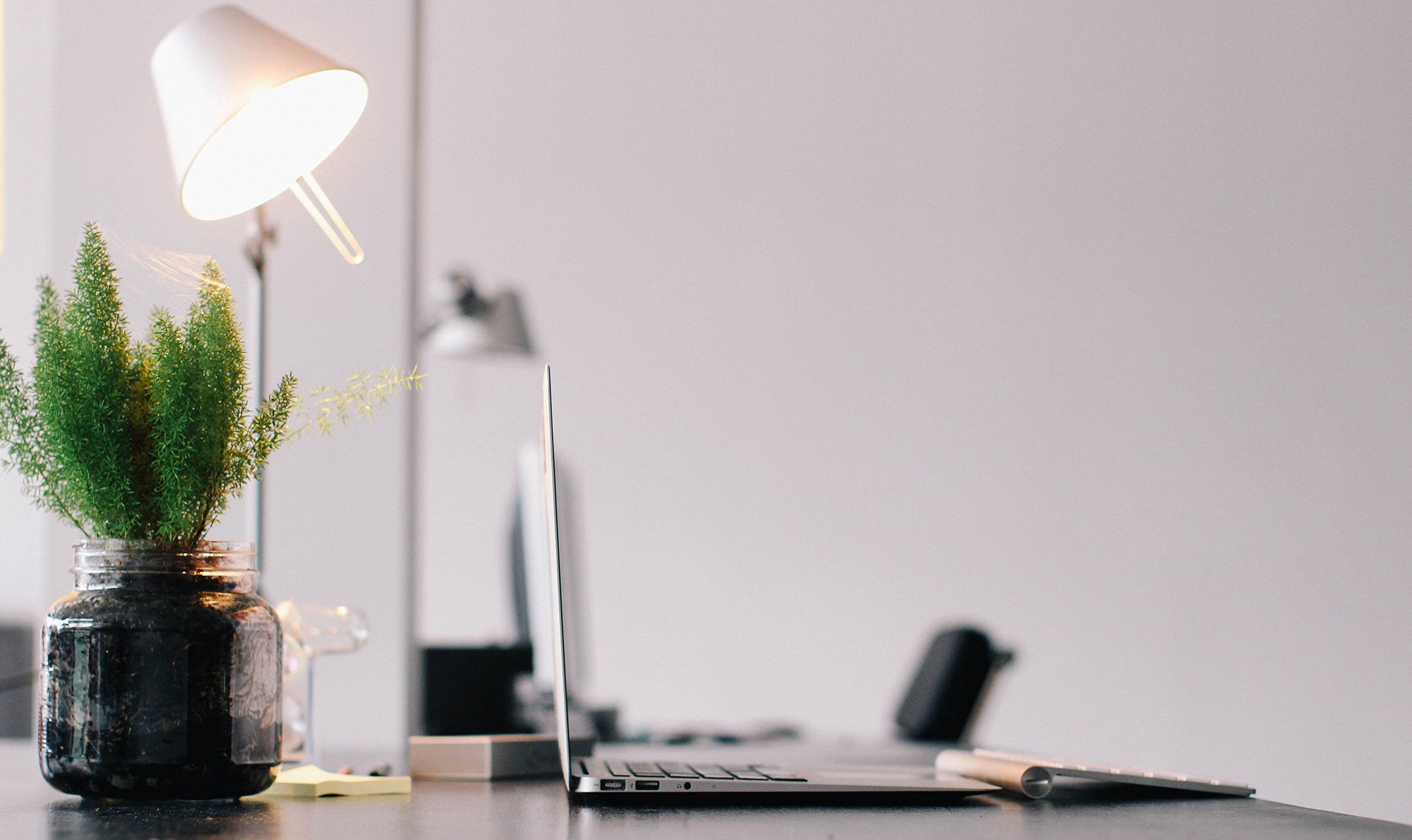
During this time of working from home in a temporary workspace, the Occupational Therapy Department wanted to share some recommendations for your personal safety.
Whether it’s working from home, as so many of us are now doing, or working in an office in our usual setup, the way we sit, the chairs we use, the height of our monitors, and more all have the potential to impact our body negatively or positively. Check out the tips below to make sure you’re home office setup is having a positive impact
Chairs
If you have a job that requires you to sit at a desk for long periods of time, you must make sure you’re sitting properly to avoid creating or perpetuating any problems. It all starts with your chair.
When it comes to chairs, we recommend “ergonomic” office chairs. If you have one already, make sure it’s set up correctly. If you don’t have an “ergonomic” chair, you can make some adjustments to your kitchen chair to ensure correct posture.

Want more tips for working from home?
We’ve been working hard to create resources that help you adjust and transition to working from home. If you’d like to take a look at a few of those posts, you can browse through our resource library.
- Find a cushion to sit on–not too thick as it will create instability and can cause increased back pain.
- Roll up a towel to create a lumbar roll. Tape it to the backrest of the chair where your belt would be. Here again make sure that it’s not too thick or it will push you too far forward on the chair.
- Make sure your feet touch the ground. If they don’t put a small box, small stool under your feet. You want your knees parallel or slightly lower than your hips.
Laptop
If you are using a laptop computer make sure that it is sitting on a hard surface and not on your lap. Check out the picture at the top of this article. You want to be in this position even if you are working with your laptop at the kitchen table. Second, check your wrists. They should be even with your forearms, not tilted upward.
BONUS TIP: Add a rolled-up towel to prevent your wrists from resting on a sharp edge or on the edge of the laptop.
Monitor
If you’re using a monitor in your home office setup, it should be directly in front of you so that you don’t have to turn your head to one side. If you are using two monitors, put the one you use the most directly in front of you.
The top edge of the monitor should be at eye level when looking straight ahead. If you wear bifocals, this will need to be lower to prevent you from tipping your head up to see the screen.
Mouse
Keep your mouse as close to your body as possible. A rule of thumb to follow is to keep your elbow touching your body when mousing. Try to keep your mouse on the same surface as your keyboard so that you aren’t switching between varying surface heights.
Breaks
Most importantly, PLEASE take short breaks throughout the day. Even 1-2 minutes will help reduce the stress and strain on your body from sitting at your desk or kitchen table all day. During that two-minute break, walk around, stretch, and drink water to stay hydrated.
Follow these tips to stay safe and keep your body safe while you work from home in a new environment and setup. Remember to check in with your posture throughout the day to ensure you’re maintaining all the tips.
This post was written by Dr. Carrie Bath-Scheel, EdD, OT/L, CPE, who is Chair and Professor of the Occupational Therapy Department here at Concordia University Wisconsin.
—